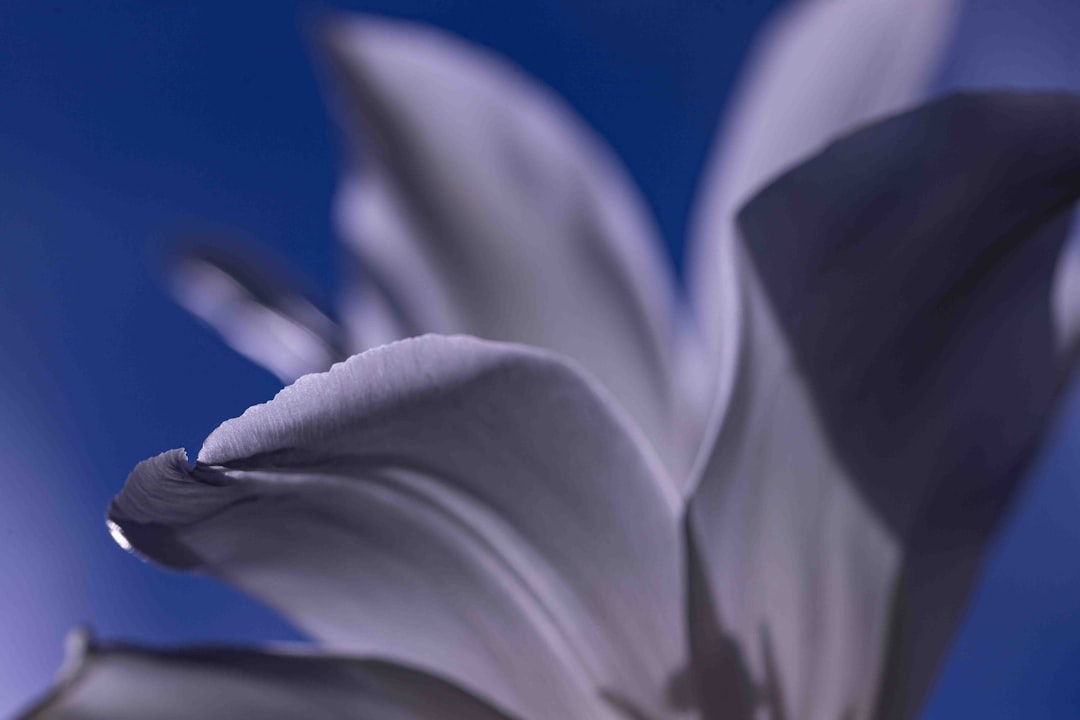“One word can be the veil or the unveiling.”
In Persian poetry, ihām—“ambiguity” or “double-entendre”—is an art form in its own right. Few masters wield this tool more deftly than Khwāja Shams al-Dīn Ḥāfiẓ (1325–1390). Through carefully chosen words and layered imagery, Hafez invites readers into a dance of meaning, where each couplet can be read on multiple levels—profane and sacred, earthly and divine.
1. What Is Ihām—and Why It Matters
Ihām hinges on a single word or phrase that carries at least two plausible meanings simultaneously. In Hafez’s ghazals, this technique:
-
Engages the Reader: We pause to choose between, or delight in, both interpretations.
-
Bridges Worlds: Lovers’ longing can signify both human romance and the soul’s yearning for God.
-
Preserves Mystery: By never “pinning down” one sense, Hafez keeps the poem alive in every fresh reading.
2. Hafez’s Double-Edged Roses and Wine
Consider these iconic couplets (in translation):
“The rose’s heart is the cupbearer of wine—
Every petal drops as a ruby in the bowl.”
-
Reading One (Love Poetry): The “rose’s heart” pours red wine; petals fall like garnet jewels, celebrating courtly revelry.
-
Reading Two (Sufi Allegory): The rose symbolizes the Beloved (Divine Beauty); “wine” is spiritual intoxication, and the “ruby” petals evoke the soul’s scattered lights returning to unity.
In a single image, Hafez fuses sensuous pleasure and mystical ecstasy—readers sense both realms without any forced gloss.
3. Playing with Titles and Names
Hafez often addresses “Shams” or “Shāh” in his poems. Is “Shams” the sun, a beloved friend named Shams, or the Prophet’s radiant light? Is “Shah” a worldly king or the sovereign Truth? By letting these names hover between personal and cosmic, he stretches each invocation into a multiplicity of resonances.
4. The Dance of Syntax and Sound
Ihām in Hafez isn’t just about words’ dictionary meanings—it’s woven into the very music of his lines:
-
Garden and Tavern: The Persian word “meykhāneh” can mean both a place of wine-drinking and the heart’s inner sanctuary.
-
Cupbearer and Guide: “Sāqī”, the cupbearer, is both the one who pours wine and the spiritual mentor who awakens the seeker.
These homonyms, bound by identical sound, blur the boundary between worldly and otherworldly, requiring the listener’s ear to sift and savor.
5. The Reader as Co-Creator
Because Hafez never “resolves” the ambiguity, each reader becomes a co-creator:
-
A mystic might dwell on the Divine meanings, savoring the Sufi allegory.
-
A romantic soul might revel in the language of courtly love and garden delights.
-
A philosopher might see a reflection on paradox itself—the notion that ultimate reality transcends any single description.
Every fresh reading uncovers new folds in the tapestry, ensuring that Hafez’s verses remain perpetually renewing.
6. Ihām’s Legacy and Modern Resonance
-
Persian Literary Tradition: Later poets—from Saʿdi to contemporary writers—borrow Hafez’s ihām to layer their own verses with mystery.
-
Translations and Challenges: Ihām poses a translator’s greatest test: which meaning to privilege, or how to carry both into another language? Modern translators often provide footnotes or dual renderings to approximate the original’s fluidity.
-
Popular Culture: In Iran today, Hafez’s ambiguous couplets are consulted like oracles—readers turn to the Hafeznāmeh seeking guidance, interpreting lines according to life’s context, much as the poems themselves invite.
7. Embracing Ambiguity in Our Lives
Hafez’s mastery of ihām teaches us a subtle lesson: that truth often dwells in tension rather than in neat resolution. By learning to sit with ambiguity—appreciating multiple perspectives without forcing conclusive certainty—we open ourselves to richer understanding and deeper wonder.
“Pendulum-heart, swing between two truths:
The secret lies between their silent embrace.”
In the gentle play of words and worlds, Hafez shows that poetry—and perhaps life itself—gains its magic when we learn to live gracefully within the dance of ambiguity.





